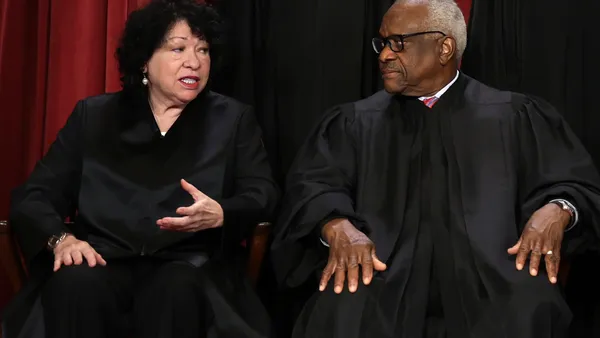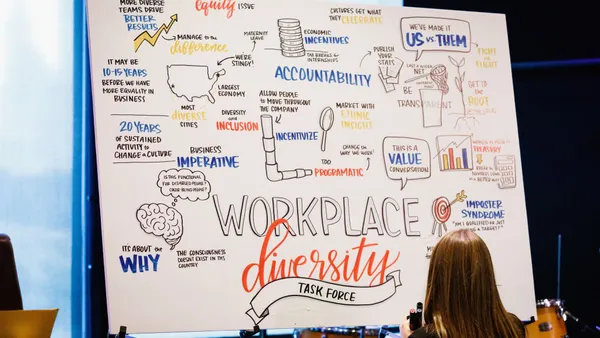Dive Brief:
- Website accessibility is not a "one and done" task, a law firm is warning businesses after an 11th U.S. Circuit Court of Appeals ruling against Hooters.
- Last month, in Haynes v. Hooters of America, LLC, No. 17-13170 (11th Cir., June 29, 2018), the court said that a plaintiff's claim alleging inaccessibility was not moot merely because the company had entered into an agreement with another plaintiff, promising to bring the site into compliance. This means that businesses that address, settle and remediate website accessibility issues to avoid future lawsuits may still face claims — even if the business is in the process of ensuring compliance, Goldberg Segalla said in a blog post.
- Given this decision, the firm said it recommends that businesses ensure compliance with the Web Content Accessibility Guidelines (WCAG) 2.0 AA; confirm that all content added in the future complies with that standard; and consult with counsel when entering into any settlement agreements on the subject.
Dive Insight:
While the Haynes case focused on Hooters' public website, even companies that don't conduct business with the general public need to remember that the Americans with Disabilities Act (ADA) requires that employers' application and interview processes be accessible.
But it doesn’t require employers to provide the best thing, Robert L. Duston, a partner at Saul Ewing Arnstein & Lehr LLP previously told HR Dive. This means that if your electronic process isn't accessible, make sure that there is some means for applicants to get help if needed, such as a phone number to call, he said.
"For an online application system that has forms or other unavoidable custom designs, HR should give alternative options such as e-mail, fax, telephone, or mail, to provide the requested information," said Beth Loy, principal consultant with the Job Accommodation Network.
Employers looking to implement best practices — or trying to get ahead of a potential mandate — may find success using the WCAG standards involved in Haynes. Especially with the talent market as tight as it is (and with the competition prioritizing on diversity and inclusion) any efforts to attract untapped talent sources may be well worth the effort.











